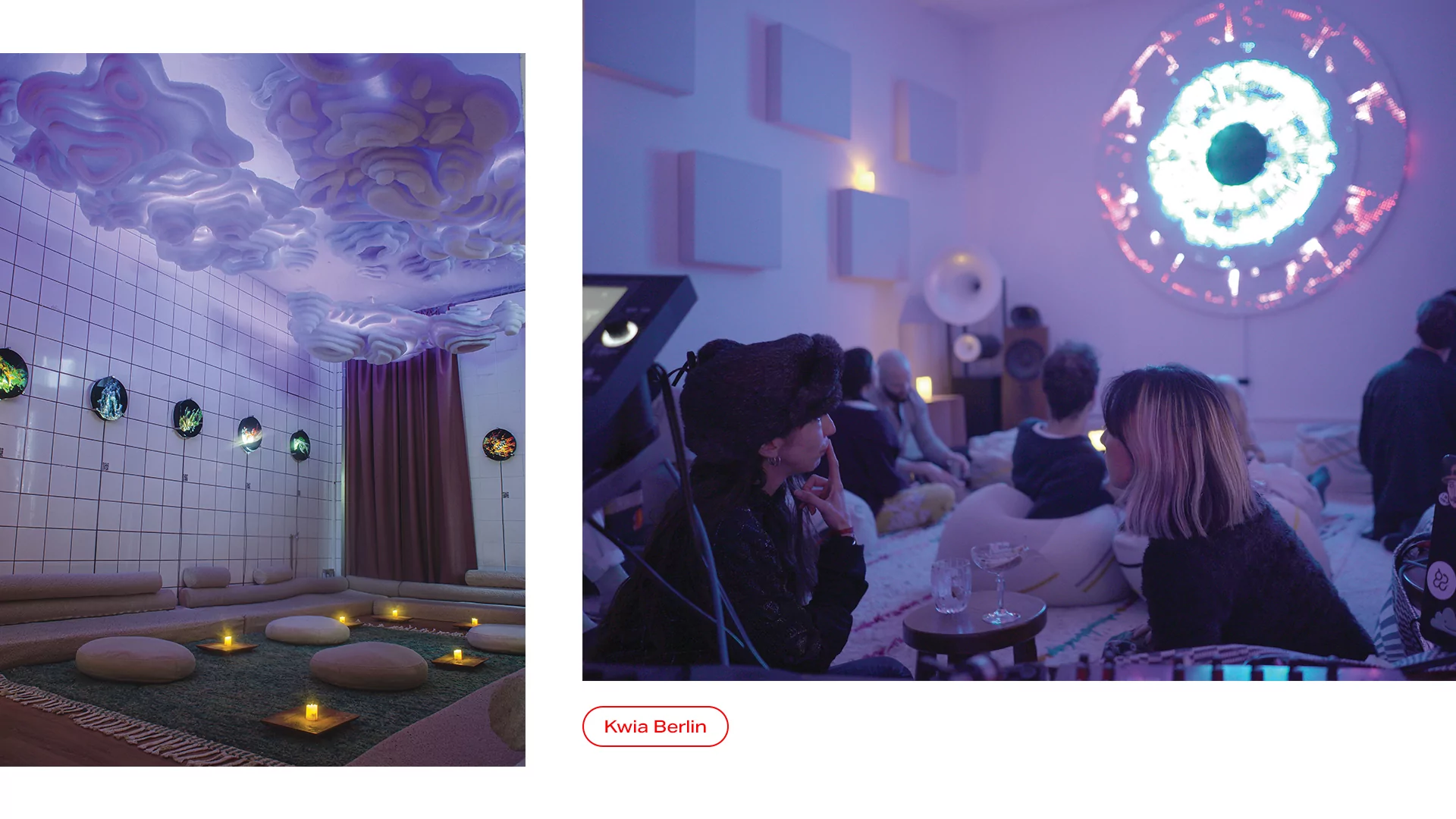What is Chillout Music?
While the term Chillout music may seem self-explanatory the variety of musical styles and sounds this loosely defined genre encompasses is wide-ranging. At its core Chillout music is designed to create a relaxing, calm, and soothing atmosphere. It’s all about helping listeners feel at ease by creating a serene auditory experience.
So with this in mind, why not brew yourself a green tea, light a scented candle and pull up a comfy beanbag as we delve into the relaxing world of chillout music.
The Birth of Chillout Music
The term Chillout Music was first coined in the late 80s. It emerged from the dance and rave scenes of the time. Clubs would feature so called ‘Chill out rooms’ where ravers could wind down and recover from the intense music and dancing of the main room. Many believe the White Room at Londons Heaven nightclub was the first official chill-out room to pioneer chillout music.
These rooms would play a selection of Ambient House, global, experimental and downtempo music inspired by artists such as Brian Eno and Pink Floyd. New artists such as Aphex Twin, The Orb and Moby would emerge from this scene capitalising on the desire for a more cerebrally immersive musical experience.

Musical Characteristics
Chillout music incorporates elements from a wide variety of other genres. These can include ambient, jazz, electronic, New age and world music. There are various other characteristics inherent in Chillout music. These include:
Mood
Setting the right mood and atmosphere is one of the most crucial aspects of chillout music. Ambient sounds, soft melodies, and gentle rhythms are used to create a soothing and peaceful mood. Melodically Chillout music is often introspective and contemplative in nature, making it ideal for relaxation, meditation, or background music.
Tempo
Tempo’s tend to reside in the adult’s resting heart-rate scale of between 65-95bpm. This helps create a laid-back and unhurried feel, crucial to the listening experience.
Instrumentation
There are no standard rules regarding the instruments used in chillout music. Typically however the instrument choice tends to prioritise smooth and mellow tones. Common instruments include synthesizers, pianos, guitars, and strings. Rich Pads and ethereal chord sequences also feature heavily.
Textures and FX
Organic sounds such as water flowing, birds chirping, and waves lapping are often incorporated to enhance the relaxing ambience of chillout music. Electronic and synth effects are also a prominent feature, usually fed through long delays and reverbs.
Song Structure
The gradual buildups of textural and melodious elements are a characteristic feature of Chillout music, allowing the music to develop slowly and maintain a sense of calm. Song structure is therefore a slowly evolving affair with an emphasis on smooth transitions rather than big drops and sudden shifts in dynamics.
Rhythm
The rhythmic structures within chillout music are generally subtle and unobtrusive. Rhythm however plays a crucial role in setting a relaxed hypnotic feel. Chillout drum sounds are typically soft and laid-back, sometimes drawing inspiration from downtempo, jazz, or lounge influences.
The Various Styles and Genres of Chillout Music
Chillout music, while a distinct genre in its own right, encompasses a wide variety of subgenres and associated styles. So let’s look at some of the key subgenres and musical styles that are often associated with chillout music:
Downtempo
The similarities between Downtempo and Chillout music are such that they are often considered interchangeable. At its core Downtempo music is characterized by its relaxed vibe and as it’s name suggests, slow tempo – often hovering around 90 BPM or less. Downtempo music can feature elements of electronic music, jazz, and ambient sounds making it perfect for unwinding.
Ambient
Again, like downtempo, ambient music and Chillout music are closely linked. While both styles aim to invoke feelings of calm and relaxation, chillout music often includes rhythmic elements while ambient music can be completely beatless. Instead Ambient music will focus strictly on atmosphere and texture. Both Ambient and Chillout music are often characterized by a reliance on synthesizers employing long, evolving tones, and minimalistic structures.

Lounge
Lounge music, as the name suggests, is designed to be played in a relaxed lounge setting. This subgenre often incorporates elements of easy listening, jazz, and electronic music. These sophisticated and relaxed musical inspirations make Lounge music a popular choice for bars, cafes, hotels and Spa’s.
Trip Hop/Lofi
Trip hop and more recently lofi beats are the result of chillout music combined with Hip Hop influences. These music styles are slightly more drum-orientated than the other styles highlighted in this section. They still retain an atmospheric and melodically relaxed flavour often incorporating an introspective edge. Lofi in particular utilises low-quality recording aesthetics to impart a feeling of nostalgia.
The Uses and Benefits of Chillout Music.
Chillout music offers significant benefits for mental health, productivity, and overall well-being. One of the most notable advantages is its ability to reduce stress and anxiety. It can also be used as a tool for better sleep, helping individuals fall asleep faster and enjoy deeper, more restorative rest.
As well as mental well being chillout music is often used as a tool to aid study and concentration. The genre’s unobtrusive nature provides a pleasant background that can help maintain focus without being distracting. In addition chillout music offers a calming experience that can help foster a creative mindset.
The Streaming Revolution
Chillout Music has seen a massive resurgence of interest over recent years largely due to it’s popularity within the realm of music streaming. Playlists are an integral part of streaming services such as Spotify and Apple Music and if there’s one thing you are guaranteed to find is a plethora of chill-based playlists. The nature of playlists perfectly suit the genre of Chillout music with every possible chill scenario being catered for. It could be said that the prevalence and popularity of chill-based playlists birthed the previously mentioned Chillout offshoot of lofi.

Conclusion
With its relaxed musical aesthetic and soothing vibes Chillout music shows no signs of disappearing from the musical map. It will inevitably develop new offshoots and move in previously uncharted directions but one thing that will remain a constant is its ability to help us relax, unwind and relive the stress of everyday life.
Remember – RouteNote Create subscriptions start from as little as $2.99. You also get 10 FREE credits to spend on samples along with access to our FREE sample pack bundle when you sign-up!
